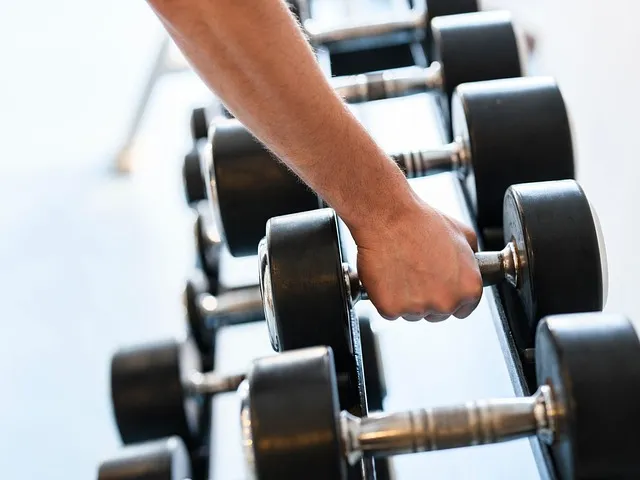Osteoporosis is a common bone disease affecting millions worldwide, particularly older adults and postmenopausal women. It causes bones to become weak and brittle, increasing the risk of fractures and falls. While there is no cure for osteoporosis, there are ways to manage the disease and reduce the risk of fractures through Exercise. Regular exercises for osteoporosis are one of the most effective ways to maintain bone density and improve overall health and well-being in people with osteoporosis. In this blog post, we will explore exercises that can help prevent and manage osteoporosis, including weight-bearing, resistance, low-impact, and mind-body exercises. Exercise, including walking or swimming, could be good for the lungs and heart, but it won't always assist with developing the bones.
What is Osteoporosis?
Osteoporosis means "porous bone." It is a bone-weakening illness, and persons with it are more susceptible to experiencing unexpected and abrupt bone fractures. Osteoporosis is characterized by decreased bone mass and strength. The condition frequently manifests itself without any signs or discomfort, and it is typically not recognized until the weakening bones produce painful fractures. The majority of them are hip, wrist, and spine fractures.
Regular weight-bearing exercise is one of the most effective ways to build and maintain bone density, helping prevent and manage osteoporosis.
How does Exercise help with osteoporosis?
Preventing Osteoporosis with Exercise:
- Regular weight bearing exercises for osteoporosis help children and teenagers develop strong bones.
- It tends to help adults sustain bone mass.
- It may serve as part of an overall treatment regimen that seeks to slow the loss of bone that occurs after menopause.
- It can be used to both slow the loss of bone and prevent injury to bones in adults over 65 years.
The strength of your bones also determines the acceptable and safe activity for the bones. Some forms of Exercise have been demonstrated to reduce BMD loss and, in some research sets, even boost BMD.
You may also read: Menopause And Osteoporosis, Are They Related?
Best Exercises For Osteoporosis
You can consult a doctor before performing exercises for osteoporosis. Several types of exercises can help prevent and manage osteoporosis:
1. Squats -
Squats can assist in strengthening your front legs as well as your glutes. To be successful, this workout does not need a deep squat. Begin by placing both feet hip-width apart. Squat down carefully by bending your knees. Maintain a straight back and a small forward tilt, feeling the legs move. Only squat until the thighs are parallel to the floor. Return to a standing posture by tightening the buttocks. Perform this Exercise between 8 and 12 times.
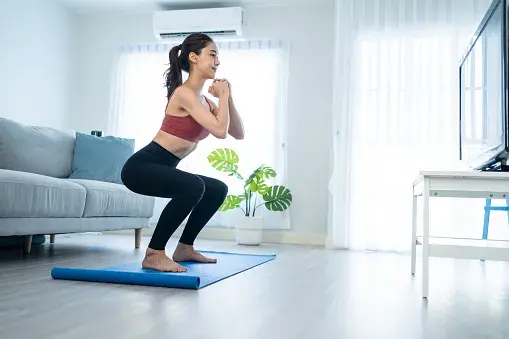
2. Foot stomps -
The purpose of osteoporosis exercise is to challenge important regions of the body that osteoporosis most typically affects, such as the hips. Foot stomps are one approach to exercise the hip bones. Stomp your foot while standing, pretending you're smashing an imaginary can beneath it. Repeat 4 times with one foot, then 4 times with the other. If you're having trouble keeping your balance, grab a railing or a substantial piece of furniture.
3. Shoulder lift
You'll still need weights or a resistance band to execute shoulder raises. People may perform this workout while standing or sitting. Hold one dumbbell with each hand. Instead, tread on a resistance band with one end in each hand. Begin with the arms down and the hands by your sides. Raise the arms before the body, but don't lock the elbows. Raise to a reasonable height, but not over shoulder level. Repeat 8 to 12 times higher. If feasible, rest and continue for a second set.

4. Bicep Curl -
Bicep curls can be done with 1 to 5-pound dumbbells or a resistance band. They may be done sitting or standing, depending on personal preference. Hold one dumbbell for each hand. Instead, tread on a resistance band with one side in each hand. Begin with the arms down and the hands by your sides. Raise your arms before you, but don't lock your elbows.
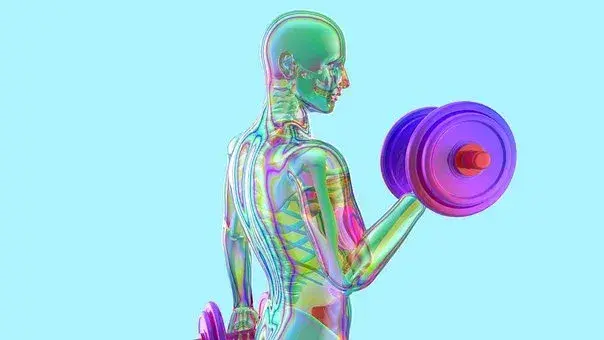
5. Hamstring Curls -
Hamstring curls work the muscles in your upper legs' backs. This Exercise is performed while standing. Place your feet shoulder-width apart. Move the left foot back until only the toes contact the floor. Lift your left foot towards the buttocks by contracting the muscles at the left Leg's rear. Lower the left foot slowly and with control of the back.
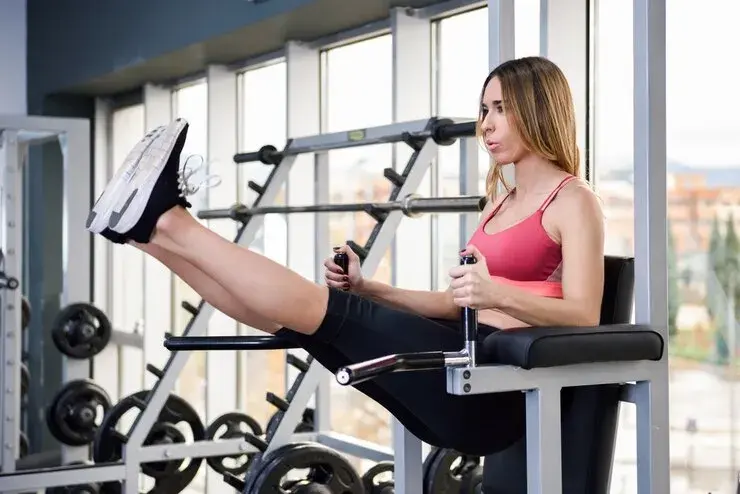
6. Ball Position
The Exercise can assist with maintaining overall balance and strengthen the abdominal muscles. It should be done on a big exercise ball. One should also have anyone with you who can function as a "spotter" to assist you in staying balanced. Place your feet flat on the floor and sit on the exercise ball. Maintain your balance by keeping the back as straight as possible. Hold the arms out at the sides, palms facing front, if possible. Hold the posture for one minute.
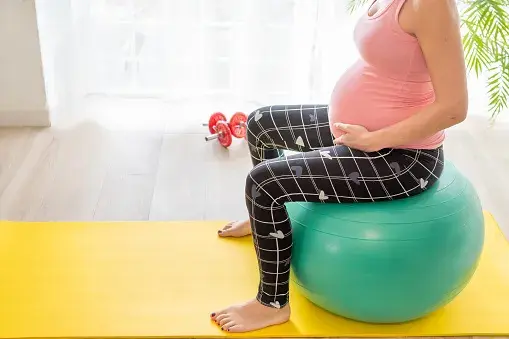
7. Hip Leg raises -
The Exercise strengthens the muscles around the hips while also improving balance. When needed, place your hands on any furniture for support. Begin by placing the feet hip-width apart. Turn all weight to the left foot. Place your right Leg to the side, flexing the right foot and keeping your right Leg straight. Bring your right Leg down. Repeat this set.
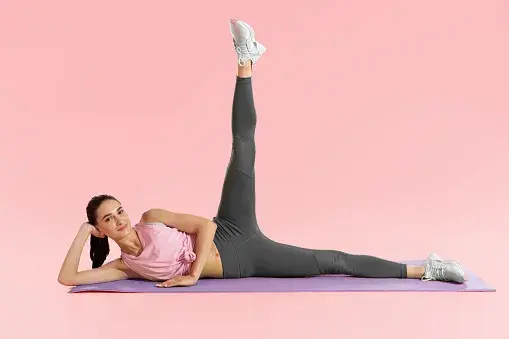
8. Standing on one Leg -
This workout encourages better balance. Stand on one Leg for one minute with a substantial furniture item nearby in case you need to grip onto something. Perform the balancing Exercise on the opposite Leg. Hence performing these exercises for osteoporosis help stimulate bone growth and maintain bone density.
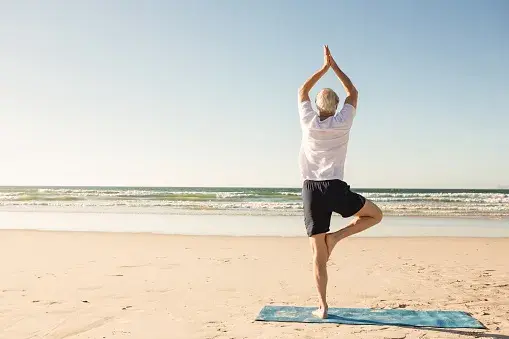
Also Read: Top 5 Super Food For Bones Health | Healthy Bones
What are the benefits of Exercise that can help with osteoporosis?
Sedentism, poor posture, poor balance, and weak muscles are all risk factors for fractures. People with osteoporosis can benefit from Exercise in many ways, such as:
- Bone loss is reduced.
- The preservation of surviving bone tissue.
- Physical fitness has improved.
- Muscle strength has improved.
- Improved response time.
- Greater mobility.
- Improved feeling of coordination and balance.
- Fall-related bone fractures are less likely.
- The pain was lessened.
- Enhanced mood and vitality.
Also Read: Nutrition for Bone Health
What are Osteoporosis Prevention and Treatment?
There are several osteoporosis treatments methods available, including:
- Vitamin D and calcium supplements.
- Exercise.
- Medication.
- If necessary, surgery to stabilize fractures.
- The greatest strategy to reduce the likelihood of osteoporosis-related fractures and safeguard bone health is to start taking steps to increase and maintain your bone density.
While not fully prevented, leading a balanced, healthy lifestyle can reduce the chance of getting osteoporosis. Smoking, a sedentary lifestyle, and excessive alcohol use are preventable risk factors that should be avoided to reduce the risk of developing osteoporosis, particularly in high-risk populations such as postmenopausal women.
Also, Read Osteoporosis - Guard Against The 'Silent Thief'
Conclusion -
If you already experience osteoporosis or other illnesses, are over 60, or are above 45 and haven't exercised consistently in the last several years, talk with your physician about developing a suitable fitness program. Almost anyone who has osteoporosis can benefit from exercises for osteoporosis. But remember that it's just one part of an all-encompassing treatment plan. Get lots of calcium and vitamin D, maintain a healthy weight, and avoid smoking and excessive alcohol consumption. You may also require osteoporosis drugs to increase or maintain bone density. See your doctor to determine the best strategies to keep healthy and powerful.
Frequently Asked Questions
What is the best exercise for osteoporosis?
Weight-bearing and resistance exercises are considered the best for building and maintaining bone density in osteoporosis.
What is the fastest way to increase bone density?
A combination of weight-bearing exercises, strength training, adequate calcium and vitamin D intake, and bone-building medications (if prescribed) can help increase bone density relatively quickly.
Can osteoporosis be reversed by exercise?
While exercise cannot completely reverse osteoporosis, it can help slow further bone loss and increase bone density to some degree when combined with other treatments.
What drink is good for bone density?
Milk and other dairy products rich in calcium and vitamin D are excellent for promoting bone density and strength.

Reviewed by




